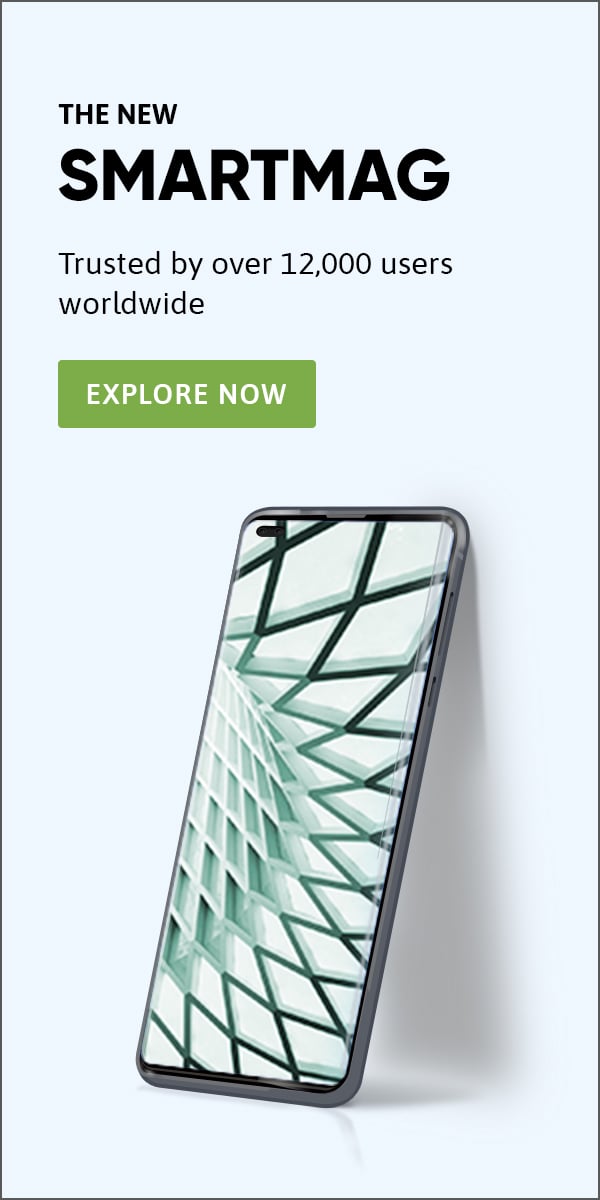Ztec100.com: Revolutionizing Healthcare with Innovative Tech Solutions In the ever-evolving landscape of healthcare, technology has emerged as a powerful…
Gear
Latest In Tech
Are you looking to take control…
If you’re wondering, “What is Digital…
Have you ever wondered what the…
Introduction Trends posters have become an…
Introduction to Trends International Posters What…
Trending
Tech
Introduction to Zoomée The world of visual content and storytelling is undergoing a…
Zilvinas Gudeliunas and Kai Newton have become two of the most fascinating figures…
www gravityinternetnet is not just a name; it’s a promise of better internet…
Most Viewed
Introduction to the Buffstream App What is Buffstream App? Buffstream app is a revolutionary sports streaming platform that offers live and on-demand…
Digital Classics
Introduction to Unitechnology Understanding Unitechnology Unitechnology represents a groundbreaking idea that merges advanced…
The world is filled with so many mysteries. As each new year arrives,…
Today, diversity and inclusion are not just buzzwords; they are essential values that…
The modern business landscape is characterized by increased competition, tighter deadlines, and the…
Construction accidents can lead to severe injuries and disrupt lives. In Pittsburgh, PA,…
Security
The Spongegirl Case: Exploring the Depths of Online Harassment The internet, an expansive…
Subscribe to Updates
Get the latest creative news from FooBar about art, design and business.





